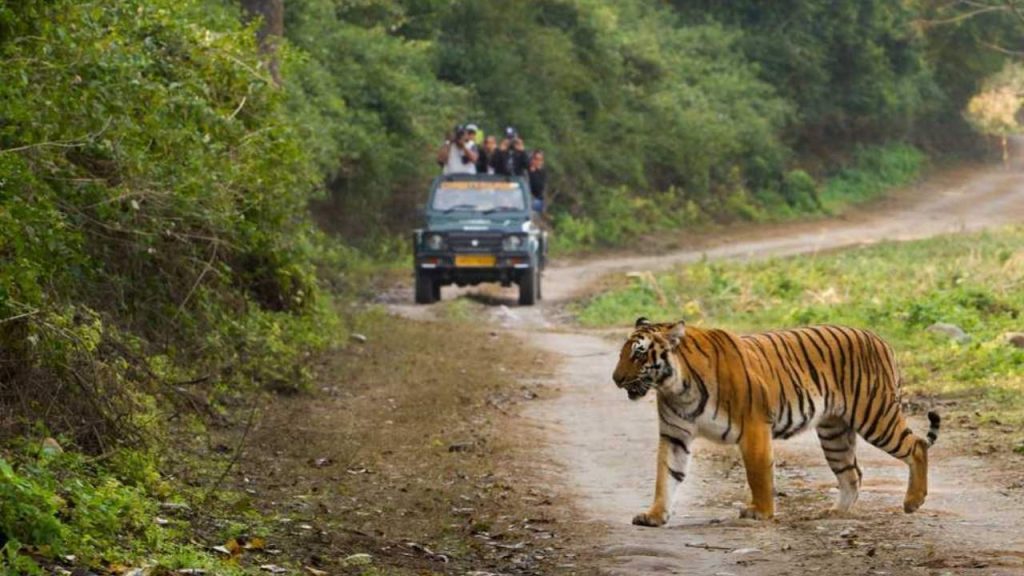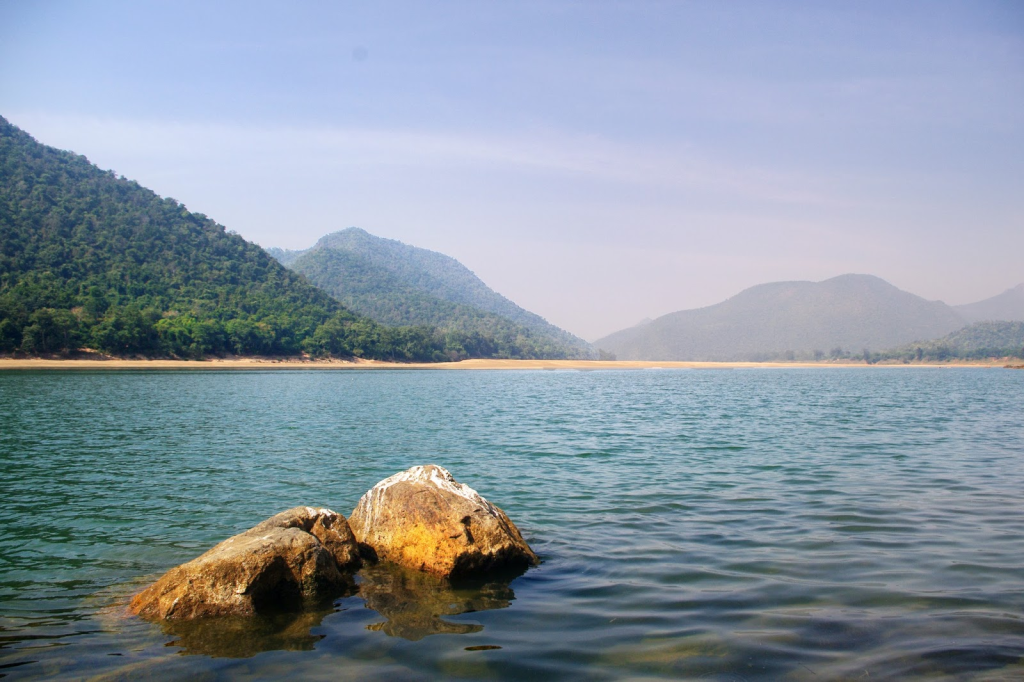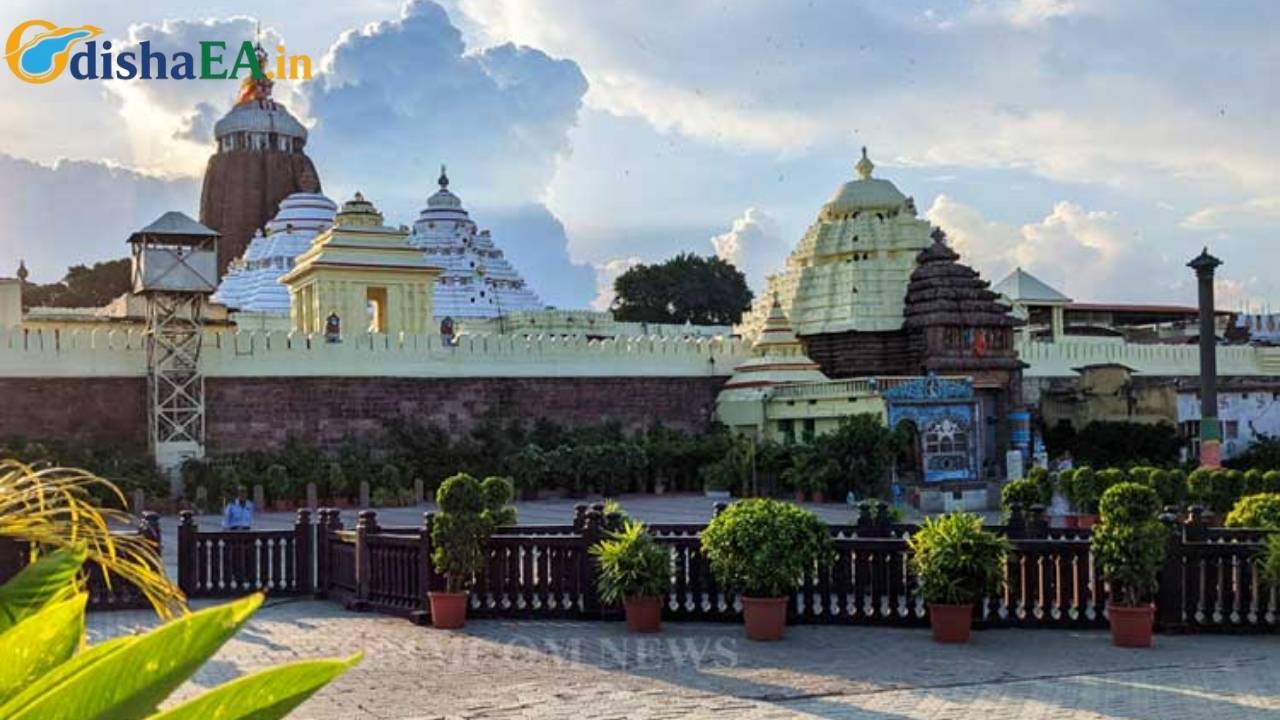Satkosia Tiger Reserve in Odisha, India, is facing an uncertain future as construction projects threaten its ecological balance. The Supreme Court of India has stepped in, agreeing to hear an urgent plea that challenges the construction activities within and around the reserve. This case brings to light the larger issue of balancing conservation with development, especially when it comes to ecologically sensitive areas like Satkosia. But what’s the real impact of these constructions, and how can we protect such important ecosystems?

In this article, we will break down the situation at Satkosia Tiger Reserve, explain why it’s important to preserve the area, and guide you through the steps to better understand what’s at stake. Whether you’re someone passionate about wildlife conservation, a professional in the field, or just someone concerned about the environment, this article will give you practical insights and help you make sense of what’s happening in one of India’s most vital protected areas.
Satkosia Tiger Reserve on the Verge of Crisis
| Key Data & Stats | Details |
|---|---|
| Reserve Size | Approx. 964 square kilometers |
| Districts Affected | Angul, Nayagarh, Boudh, Cuttack |
| Species at Risk | Tigers, elephants, endangered species like the Indian Wolf |
| Key Issue | Construction threatens the ecological balance |
| Legal Action | Supreme Court hearing urgent plea on construction plans |
| Status of Eco-Sensitive Zones (ESZ) | Reduced to nearly zero in some areas, compromising protection |
| Provisional NOCs Issued | Issued by district collectors without legal authority |
For more details on the Satkosia Tiger Reserve, check out official resources on conservation.
The battle to save Satkosia Tiger Reserve is a crucial moment in the larger fight to protect India’s wildlife and ecosystems. As development pressures mount, the need for responsible, sustainable growth becomes ever more urgent. The ongoing legal case will determine whether Satkosia can maintain its role as a sanctuary for tigers and other endangered species or whether construction will irreversibly damage this precious reserve.
We must all stay informed and advocate for the protection of areas like Satkosia. The outcome of this case will set a precedent for how India manages its natural heritage, balancing conservation with the need for development.
What’s Happening at Satkosia Tiger Reserve?
Satkosia Tiger Reserve, located in the lush forests of Odisha, is one of India’s crucial habitats for tigers, elephants, and several other endangered species. The reserve, nestled between the Eastern Ghats mountains and the Mahanadi River, is more than just a beautiful natural sanctuary. It plays a vital role in preserving biodiversity, sustaining ecosystems, and maintaining the ecological balance of the region.
In 2025, however, the reserve found itself at the heart of a controversial development issue. The Supreme Court of India is now set to hear a case that challenges the granting of provisional no-objection certificates (NOCs) for construction projects inside and around the reserve. These construction plans aim to develop eco-tourism facilities, but critics argue that such developments could irreparably harm the environment and disrupt the fragile ecosystem.
The petition, filed by advocate Gaurav Kumar Bansal, contends that the NOCs were granted illegally and without sufficient regard for the wildlife protection laws in place, particularly the Wildlife (Protection) Act, 1972. The case has attracted national attention, with the legal community, environmentalists, and local communities watching closely. The Supreme Court’s involvement highlights the importance of maintaining India’s protected areas, and it’s set to determine whether these construction projects will move forward.
Why Is Satkosia Tiger Reserve So Important?
To fully grasp the significance of this legal battle, let’s take a moment to understand why Satkosia is such an important area for conservation.
1. Home to Key Species
Satkosia is a critical habitat for tigers, elephants, and a variety of endangered species, including the Indian Wolf, the Bengal Florican, and several species of aquatic life. The reserve is situated along the Mahanadi River, where it creates a unique and protected environment for species that rely on both forest and river ecosystems.
The tiger population in Satkosia has been a success story in terms of conservation. Tigers are apex predators, and their presence is an indicator of a healthy ecosystem. Disrupting their habitat could have far-reaching consequences for the entire food chain in the area.
2. Biodiversity Hotspot
Satkosia is located within the Eastern Ghats, an ancient mountain range that hosts a rich diversity of flora and fauna. These forests are home to numerous species that are not found anywhere else in the world. The biological richness of the area makes it an essential part of India’s environmental heritage.
3. Ecological Services
The forests and wetlands of Satkosia provide vital ecological services, including water purification, carbon storage, and soil stabilization. The region’s ecosystems help maintain the balance of climate and water cycles, which are crucial for the well-being of millions of people living in the surrounding areas.

The Risks of Construction Projects
The proposed construction projects within and near Satkosia Tiger Reserve raise significant concerns regarding their environmental impact. Let’s break down the key risks associated with these developments:
1. Habitat Destruction
One of the most immediate dangers posed by the construction plans is the potential destruction of habitats. The tiger reserve is home to a variety of flora and fauna that depend on the integrity of their environment. Construction could lead to deforestation, disrupting wildlife corridors and reducing the availability of food and shelter for many species.
2. Pollution and Water Contamination
The Mahanadi River, which flows through the reserve, is essential for sustaining life in the region. Any construction near the river or within the reserve could lead to pollution, including the release of harmful chemicals and waste materials. This would not only affect the wildlife in the reserve but also the surrounding communities that depend on the river for their daily needs.
3. Increased Human-Wildlife Conflict
With eco-tourism developments, there’s an inherent risk of increased human-wildlife conflict. The construction of resorts, roads, and tourist facilities could bring a larger number of people into direct contact with wildlife, leading to potential conflicts. This would also disturb the natural behavior of animals and increase the risk of poaching and illegal activities.
4. Violation of Environmental Regulations
The most significant concern raised in the legal petition is that the NOCs were issued without proper authority and in violation of environmental regulations. According to the National Tiger Conservation Authority (NTCA) and the Wildlife (Protection) Act, 1972, eco-sensitive zones (ESZs) around tiger reserves must be carefully managed to ensure minimal human interference. The construction projects could violate these laws, leading to long-term ecological damage.
What Is Being Done to Protect Satkosia?
Thankfully, there are steps being taken to protect Satkosia from these harmful developments. Here are some of the key actions:
1. Supreme Court Intervention
The Supreme Court has stepped in to review the case and assess whether the construction projects should proceed. This is a critical development because it underscores the importance of protecting wildlife sanctuaries and tiger reserves across India. The Court will determine whether the NOCs were issued legally and whether the planned construction complies with national wildlife protection laws.
2. Environmental Oversight
The Central Empowered Committee (CEC) of the Supreme Court has already called for a response from Odisha’s Chief Secretary regarding alleged violations of eco-sensitive zone norms. This is part of ongoing efforts to ensure that all developments in and around protected areas follow proper environmental safeguards.
3. Community and NGO Advocacy
Local communities, environmentalists, and wildlife conservation groups have voiced their concerns over the construction plans. Many NGOs are actively working to raise awareness about the risks posed by the proposed developments. These organizations advocate for stronger protections for the reserve and have urged the government to reconsider the construction plans.
Satkosia Tiger Reserve on the Verge of Crisis Guide to Understanding the Case
If you want to better understand the case and the steps being taken to protect Satkosia, here’s a simplified breakdown:
Step 1: Legal Petition Filed
- Advocate Gaurav Kumar Bansal filed a petition challenging the construction plans in Satkosia. The petition argues that the NOCs were issued without legal authority and violate the Wildlife (Protection) Act.
Step 2: Supreme Court Review
- The Supreme Court will hear the case, reviewing the legality of the NOCs and assessing the potential environmental impact of the construction.
Step 3: Ongoing Investigations
- The Central Empowered Committee has already investigated the situation and sought a response from the Odisha government regarding violations of environmental protection laws.
Step 4: Public Advocacy
- Environmental groups and local communities are actively pushing for stronger conservation measures to protect Satkosia from destructive developments.
Odisha’s 49 IAS Officers Transferred in Sweeping Reshuffle – Are These Districts Ready for Change?
Mukhyamantri Bus Seva to Launch in Kotia Soon, Announces Odisha Minister Bibhuti Jena
ODISHA TEX 2025 Aims to Position Odisha as a Leading Textile Hub by 2030
FAQs
1. What Is the Satkosia Tiger Reserve?
Satkosia Tiger Reserve is a protected area in Odisha, India, known for its rich biodiversity, including tigers, elephants, and endangered species. The reserve is situated along the Mahanadi River and is a crucial ecosystem in the Eastern Ghats.
2. Why Are Construction Plans a Threat?
Construction projects inside and near the reserve threaten its ecological balance, potentially destroying wildlife habitats, polluting water sources, and increasing human-wildlife conflict.
3. What Is the Legal Situation?
The Supreme Court of India has agreed to hear a petition challenging the construction projects, arguing that they violate environmental laws and could damage the reserve’s ecosystem.
4. What Can I Do to Help?
You can support conservation efforts by raising awareness, donating to wildlife organizations, and advocating for stronger environmental laws.





